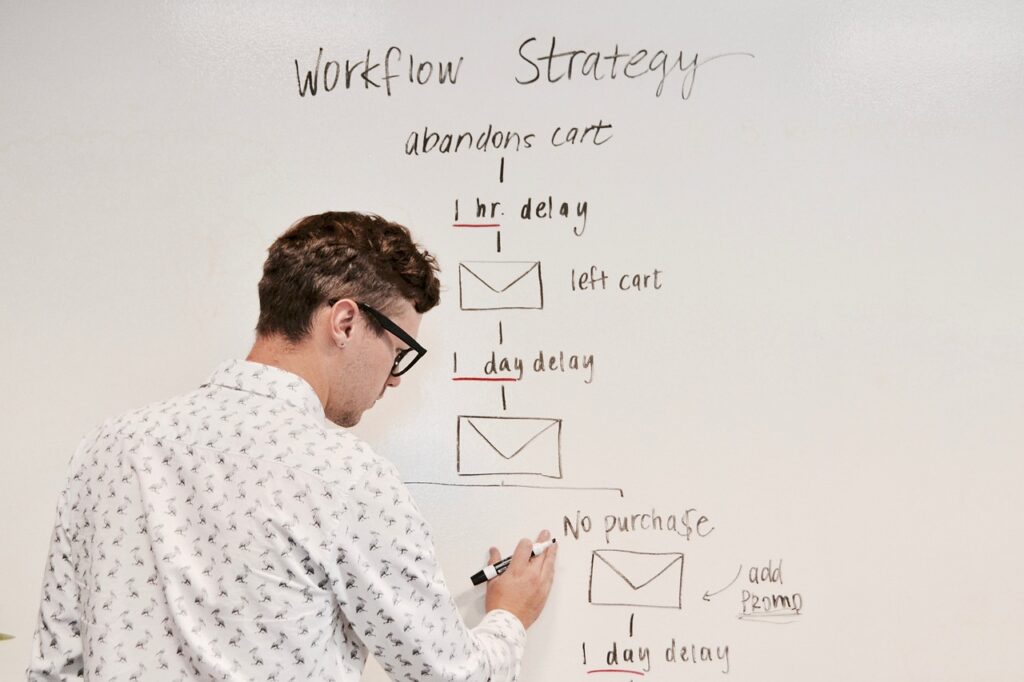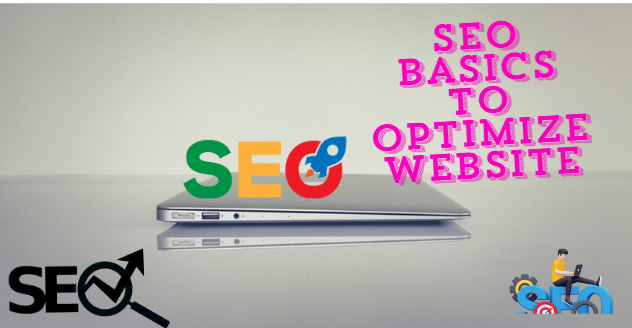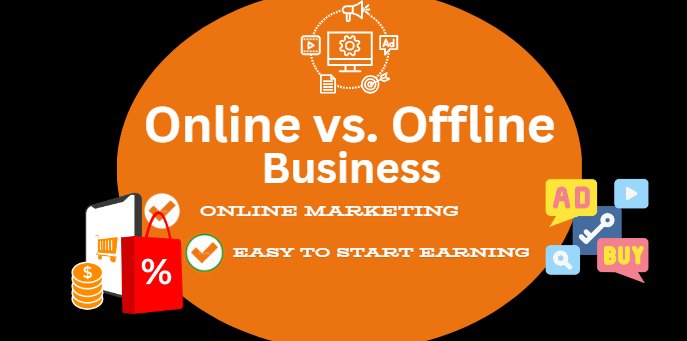Step-by-Step Guide to Start Marketing Automation And Examples
In the dynamic landscape of today’s business realm, maintaining a competitive advantage is imperative for triumph. Embracing Marketing Automation stands out as a key strategy to not only stay abreast but also to enhance operational efficiency and elevate your Marketing endeavors. This transformative tool empowers businesses to economize time, heighten effectiveness, and furnish tailored experiences to their clientele. Within this Step-by-Step comprehensive Guide, we will systematically navigate you through, And to Start your Marketing Automation expedition And some Examples.
What is Marketing Automation?

Marketing automation is the practice of optimizing productivity, streamlining workflows, and enhancing the overall efficacy of marketing campaigns by using software tools and technology to automate repetitive marketing operations and procedures. It entails automating several marketing tasks, including lead nurturing, social media posting, email campaigns, customer segmentation, and analytics, using software platforms and other technologies.
A Step-by-Step Guide to Start Marketing Automation And Examples(just in 10 Steps)
Step 1: Define your goals and objectives
It’s critical to know exactly what you want to accomplish before launching into marketing automation. Are you trying to boost sales, enhance client retention, or nurture leads? Establishing your objectives can assist you in choosing the best automation solutions and tactics for your company.
Step 2: Understand your target audience
To effectively automate your marketing efforts, you need to understand who you are marketing to. Develop buyer personas that outline your ideal customers’ demographics, behaviors, and pain points. This information will help you tailor your automation campaigns to resonate with your audience.
Step 3: Choose the right automation platform
With numerous marketing automation platforms available, choosing the right one for your business is key. Consider factors such as features, scalability, integrations, pricing, and customer support when making your decision. Popular options include HubSpot, Marketo, and Mailchimp.
Step 4: Cleanse and segment your data
Make sure your data is clean and structured before automating your marketing. Sort your database according to key parameters like demographics, interests, and previous exchanges; remove duplicates and mistakes. You will be able to send customized and targeted communications to various audience segments thanks to this segmentation.
Step 5: Develop a content strategy
A key component of marketing automation is content. Create a plan for your content strategy that includes downloadable materials, emails, blog entries, and social media pieces. Make a content schedule that corresponds with the phases of the customer’s journey and your buyer personas. You may nurture leads and direct them along the sales funnel by offering pertinent and helpful content.
Step 6: Create automated workflows
Now it’s time to start building your automated workflows. These are actions triggered by specific criteria or events, such as email opens, website visits, or form submissions. Utilize your marketing automation platform’s workflow builder to design and automate these sequences, allowing you to deliver targeted content and timely follow-ups to your audience.
Step 7: Implement lead scoring
An essential part of marketing automation is lead scoring. Each lead should be given a number depending on their behavior, degree of involvement, and demographics. By using a scoring system, your sales staff may concentrate on the most qualified prospects and assist in prioritizing leads. Create a lead scoring model that supports your company’s goals and keep improving it in response to comments and data.
Step 8: Test and optimize
After your automated processes are operational, it is crucial to test and refine your campaigns. Keep an eye on important data like revenue produced, click-through rates, conversion rates, and open rates. To find what appeals to your audience the most and create data-driven adjustments, A/B tests various subject lines, content formats, and call-to-actions.
Step 9: Integrate with your CRM system
To ensure seamless and efficient communication between marketing and sales teams, integrate your marketing automation platform with your customer relationship management (CRM) system. This integration will provide valuable insights into your leads’ interactions and help streamline your sales process.
Step 10: Continually analyze and improve
Marketing automation is an iterative process that requires continual analysis and improvement. Regularly review your automation workflows, content performance, and lead-scoring metrics. Identify areas for improvement and implement changes accordingly to maximize your ROI and achieve your marketing goals.
10. Examples of Marketing Automation
Here are some key examples of Marketing Automation
Automation of email marketing:
- Automated email sequences that start drip campaigns in response to particular user actions or behaviors.
- Welcome Series: Autonomous emails introducing the brand to newly registered users or clients.
- Abandoned Cart Emails: These alerts are sent to consumers automatically when they leave their shopping carts empty without making a purchase.
Automated Social Media Marketing:
- Scheduled Posts: Post social media material on several sites automatically on certain dates.
- Social listening: Keep an eye out on social media platforms for brand mentions, then automatically reply or interact with people.
- Social Media Analytics: Automate social media analytics tracking and reporting.
Take the Lead in Nurturing:
- Lead scoring: Based on a lead’s behavior, assign points, and when a lead reaches a certain score, take automated action.
- Automated Follow-Ups: Provide leads with information that is tailored to them based on their past experiences with marketing initiatives.
Integration of Customer Relationship Management (CRM):
- Data Syncing: CRM systems and marketing automation software may automatically synchronize customer data.
- Lead Status Updates: Depending on how leads interact with marketing campaigns, update their statuses in the CRM.
Customization on the Web:
- Dynamic material: Display tailored material on a webpage according to user demographics, preferences, or behavior.
- Recommendation engines: They provide recommendations for goods or content automatically by analyzing user preferences and previous interactions.
Analytics and Reporting:
- Automated Reports: Generate and send regular reports on key marketing metrics and performance.
- Attribution Modeling: Use automation to track and attribute conversions to specific marketing channels or campaigns.
Customer Onboarding:
- Automated Tutorials: Send automated tutorials or guides to new customers to help them get started with a product or service.
- User Education Campaigns: Trigger educational content based on user behavior or questions.
Event Marketing Automation:
- Automated Event Reminders: Send automated emails or notifications to attendees before, during, and after events.
- Lead Capture: Use automation to capture and organize leads generated at events.
Survey and Feedback Automation:
- Post-Purchase Surveys: Automatically send surveys to customers after a purchase to gather feedback.
- Net Promoter Score (NPS) Surveys: Automate the process of collecting NPS scores from customers.
E-commerce Marketing Automation:
- Product Recommendations: Use automation to suggest related or complementary products based on customer behavior.
- Loyalty Programs: Automate the tracking and rewarding of customer loyalty points.
7 Powerful eCommerce Marketing Automation Strategies…
Conclusion
You may begin your marketing automation journey and enjoy the advantages of efficient, customized, and successful marketing campaigns by following this step-by-step guidance. Recall that, in order to remain competitive in today’s market, marketing automation is a continuous process that has to be optimized and adjusted on a regular basis.








